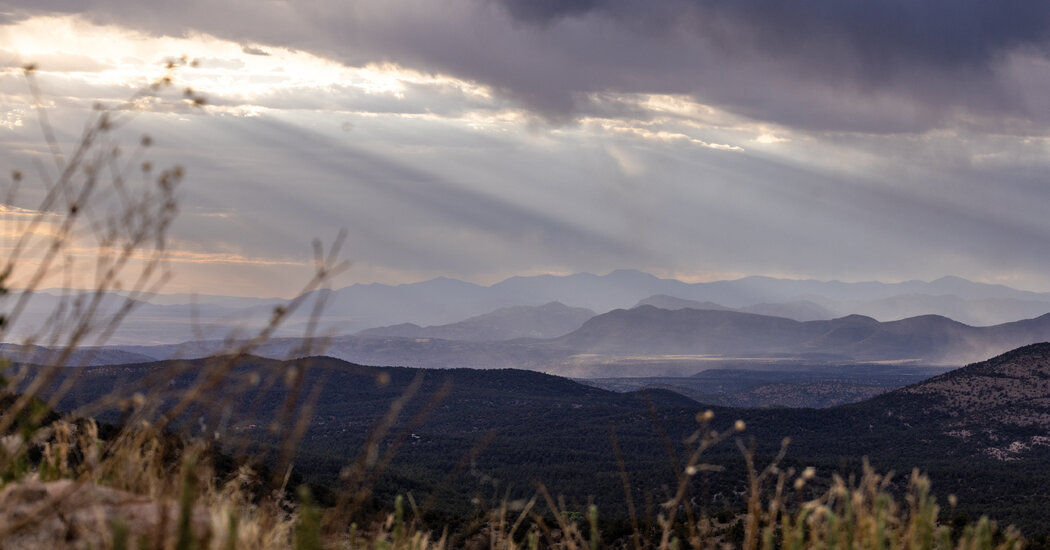On a crisp spring morning, I trusted a horse — a bay named Sino — to show me the vast Gila Wilderness of southern New Mexico. Red rock walls rose beside us as we wove back and forth across a shallow creek separating ponderosa pine on the shady south side of Rocky Canyon from barrel cactus in the cliff crevasses on the desertlike north face. I leaned against his neck as Sino climbed a steep ridge that led to a hilltop savannah of pinyon, juniper and groves of tentacled cane cholla cactus tipped in faded yellow fruit. Surrounding them, forested mountains were unblemished by buildings or roads.
One hundred years after it was named the nation’s first Wilderness Area in 1924, the remote Gila Wilderness seems to fulfill the vision of its founder, the conservationist Aldo Leopold.
“By ‘wilderness,’” Leopold wrote, “I mean a continuous stretch of country preserved in its natural state, open to lawful hunting and fishing, big enough to absorb a two-weeks pack trip, and kept devoid of roads, artificial trails, cottages or other works of man.”
Henry Provencio is a former district ranger for the Forest Service, who, until his recent retirement, managed much of the Gila Wilderness, where pine-covered mountains conceal countless canyons and habitats for wolves, bears and mountain lions. “Here, man is only a visitor,” he said. “Now there are 48 countries in the world with some form of wilderness designation and it all started right here.”
As I discovered over five days, visiting Gila — pronounced HEE-la — is both inspiring and demanding. The wilderness bans conveniences like cars and bridges, limiting most travel to hikers and horseback riders. Roads nearby are slow, making a remote destination more distant. But it’s all by design.
‘People have to want to come here.’
The fast pace of development — tied to the boom in road construction with the advent of automobiles — already concerned Leopold when he came to southern New Mexico in the early 1900s as a Forest Service supervisor. Among his duties was shooting predators such as wolves to protect their prey for hunters.
“He realized killing off all predators caused huge problems in the natural balance of things,” said Steve Morgan, a retired landscape architect who performs as Aldo Leopold in lectures throughout the United States. “He talked about setting land aside as a land lab so we could study it.”
In June, 1924, the Forest Service acted on his proposal, designating hundreds of…
Click Here to Read the Full Original Article at NYT > Travel…
